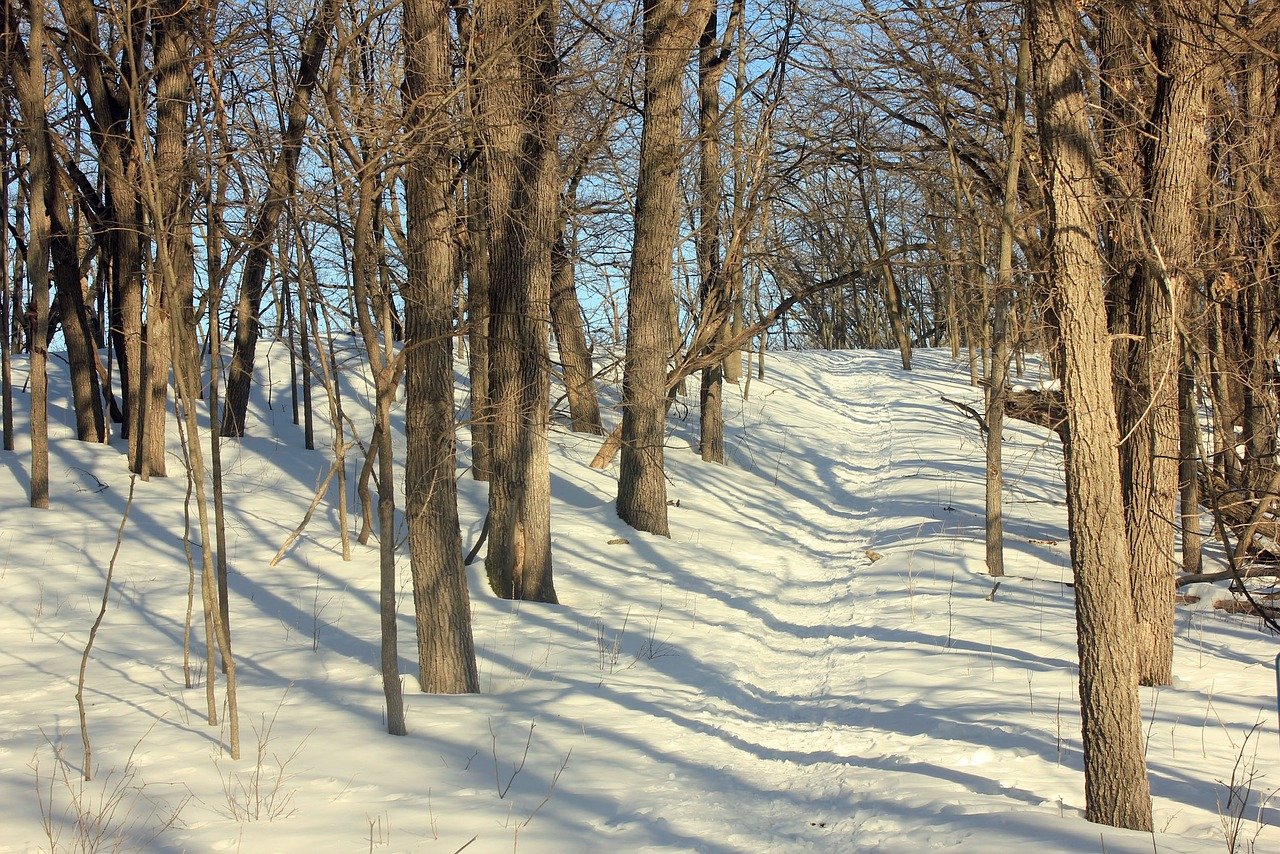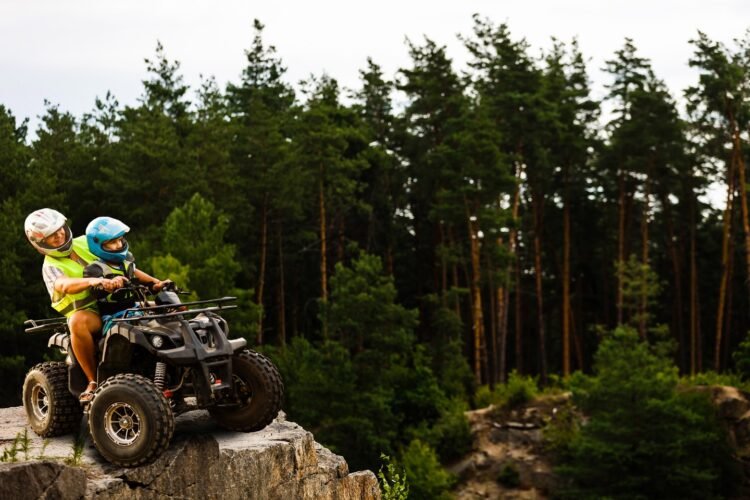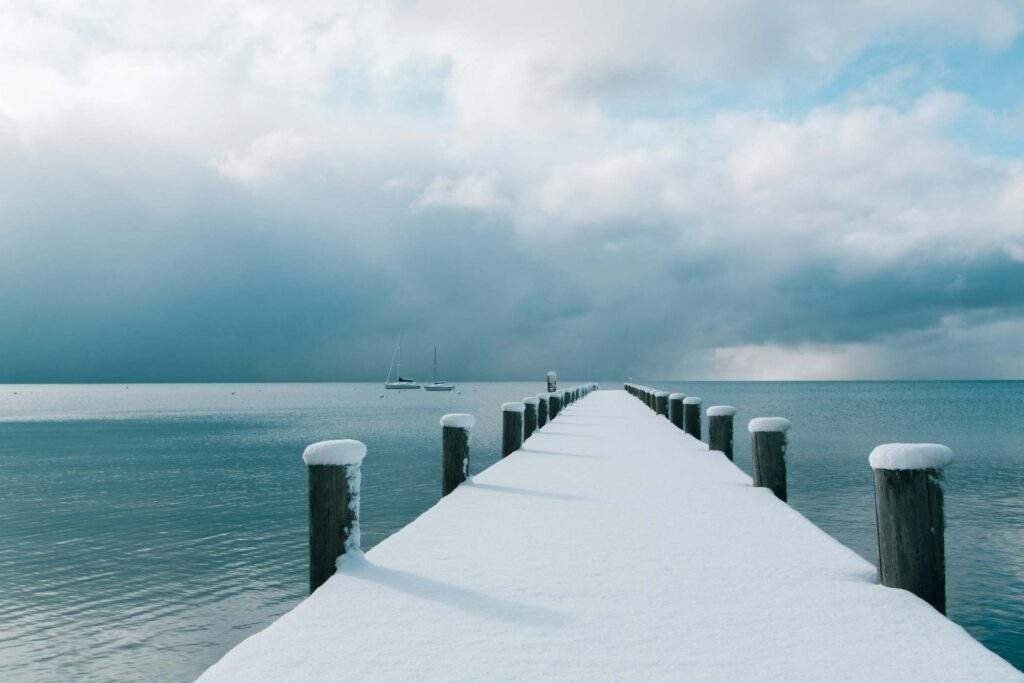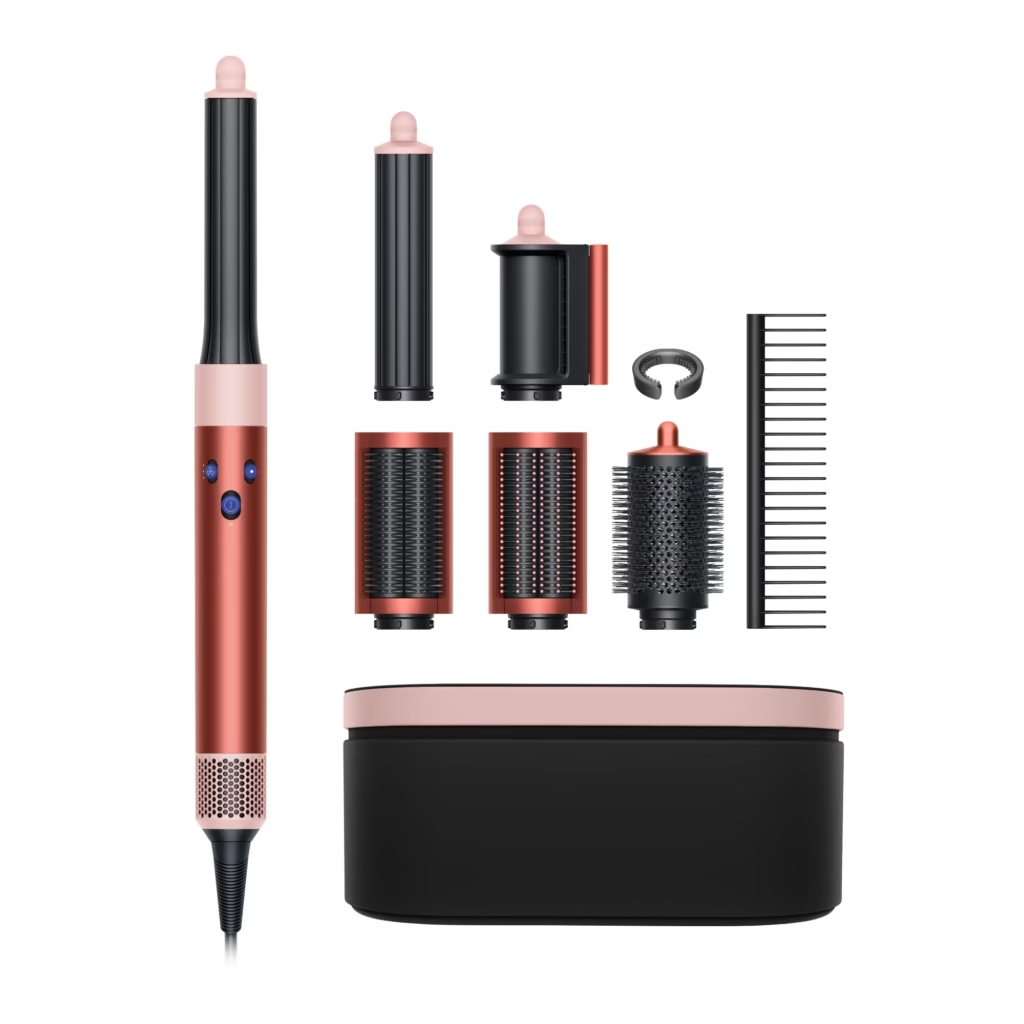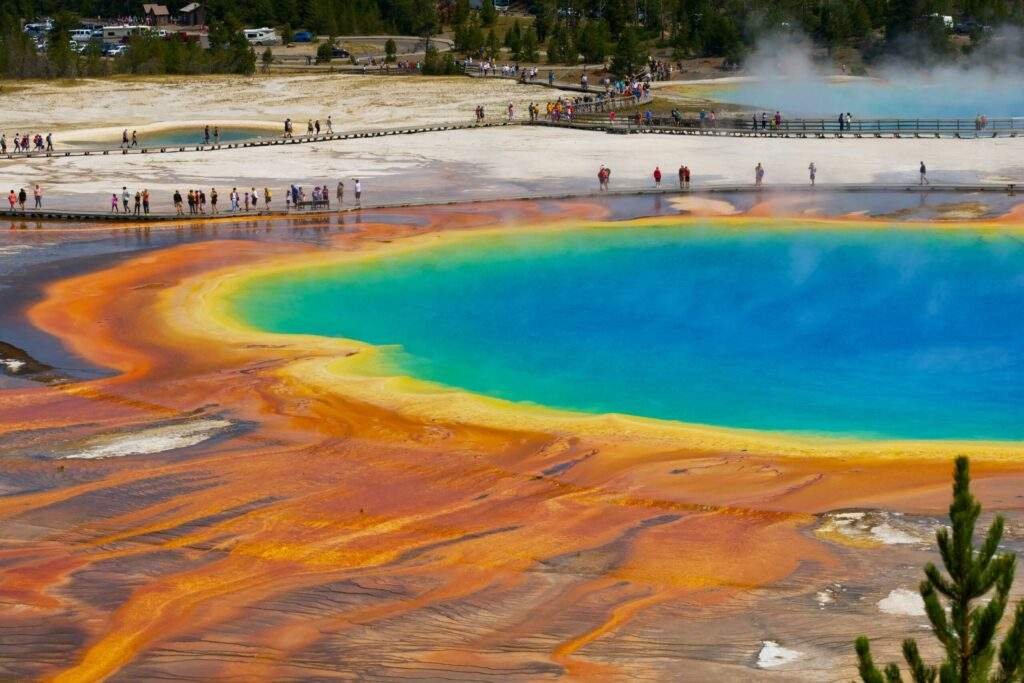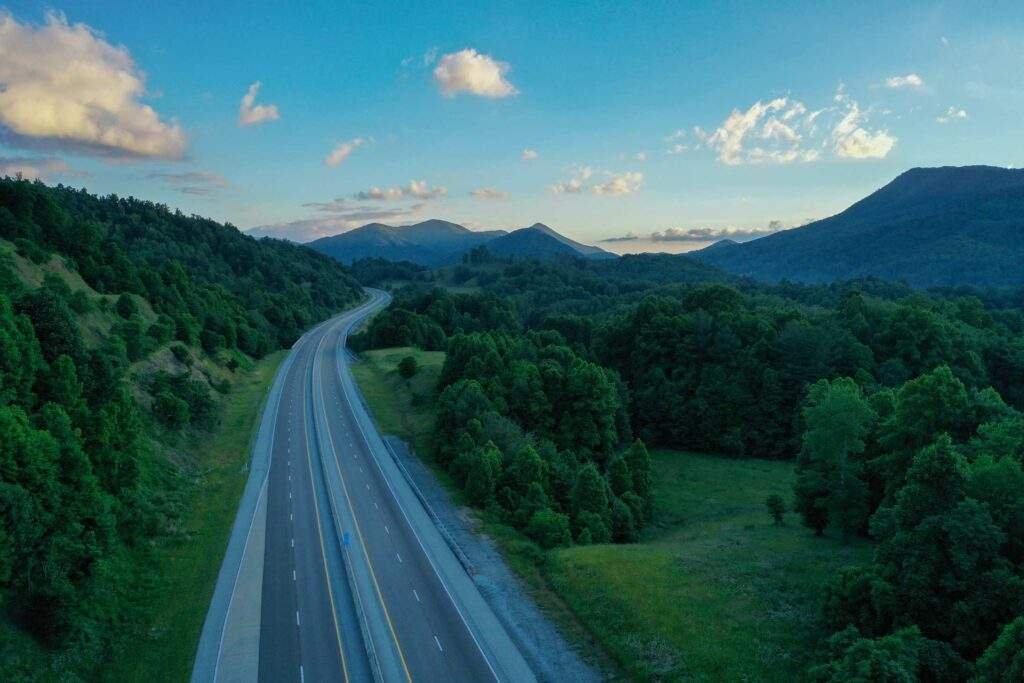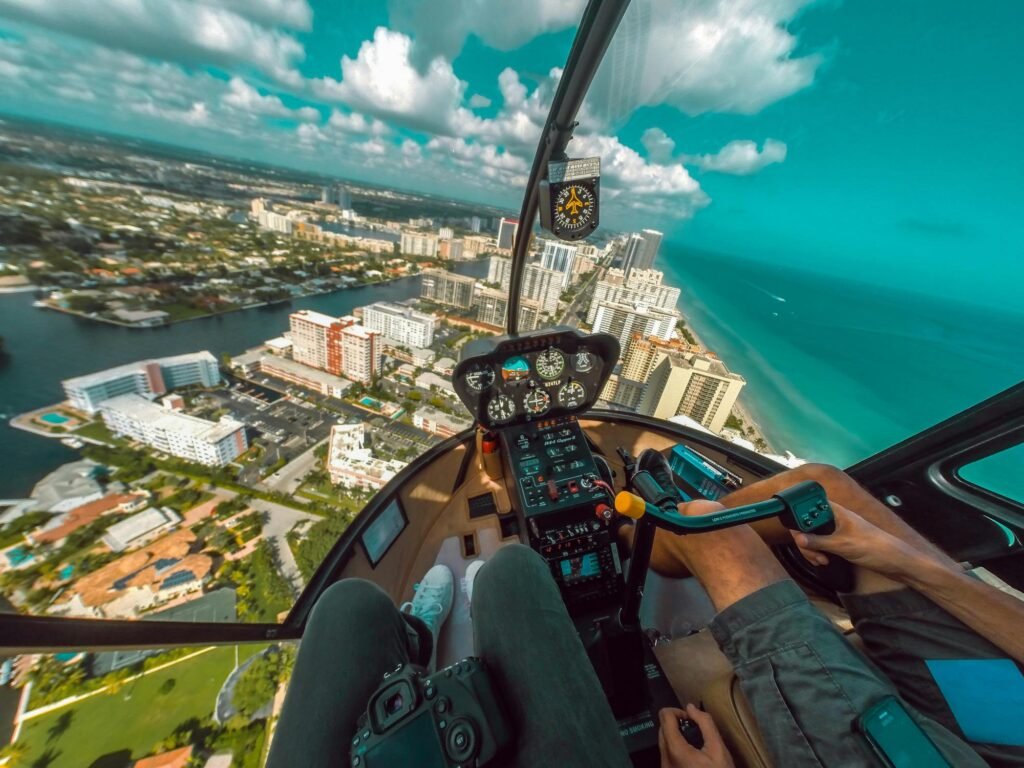Discover the Ultimate Best Hiking Trails in Minnesota Now
Introduction
Minnesota, known as the Land of 10,000 Lakes, is a haven for outdoor enthusiasts and nature lovers. While its pristine lakes are a major draw, the state’s diverse landscapes also offer some of the most spectacular hiking trails in the Midwest. From the rugged North Shore of Lake Superior to the rolling bluffs of the Mississippi River Valley, Minnesota’s hiking trails showcase a stunning array of natural beauty. In this comprehensive guide, we’ll explore the best hiking trails in Minnesota, providing you with all the information you need to plan your next outdoor adventure in the North Star State.
Table of Contents
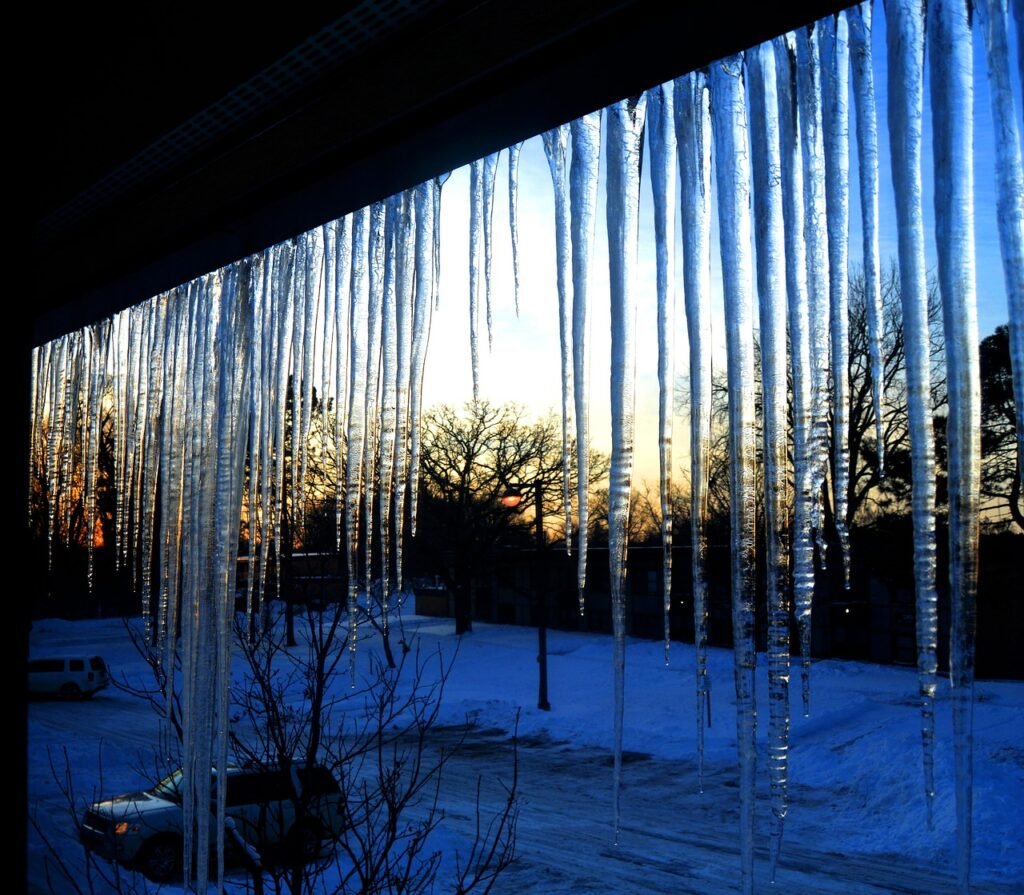
Whether you’re a seasoned hiker looking for challenging terrain or a casual nature lover seeking scenic walks, Minnesota’s trails have something for everyone. We’ll delve into the unique features of each trail, highlight the best times to visit, and offer practical tips to enhance your hiking experience. So lace up your boots, grab your backpack, and join us as we embark on a journey through the best hiking trails in Minnesota.
Superior Hiking Trail: A North Shore Gem
When discussing the best hiking trails in Minnesota, it’s impossible not to start with the crown jewel – the Superior Hiking Trail. This 310-mile footpath follows the rocky ridgeline above Lake Superior from Duluth to the Canadian border, offering some of the most breathtaking views in the state.
Trail Overview
The Superior Hiking Trail (SHT) is a long-distance hiking trail that showcases the best of Minnesota’s North Shore. It winds through boreal forests, climbs rugged cliffs, and passes countless waterfalls, providing hikers with an immersive wilderness experience. The trail is well-maintained and marked with blue blazes, making it accessible for hikers of various skill levels.
Best Sections
While thru-hiking the entire trail is a bucket list item for many, several sections stand out as must-visit for day hikers or those on shorter trips:
- Split Rock Lighthouse to Gooseberry Falls: This 12-mile section offers stunning lake views and passes by two of Minnesota’s most iconic state parks.
- Lutsen to Oberg Mountain: A challenging but rewarding hike with panoramic views of the surrounding Sawtooth Mountains and Lake Superior.
- Bean and Bear Lakes Loop: This 7-mile loop in Silver Bay is often cited as one of the most scenic day hikes on the entire trail.
When to Hike
The best time to hike the Superior Hiking Trail is from late spring to early fall. Summer offers warm temperatures and lush greenery, while fall provides a spectacular display of autumn colors. However, be prepared for bugs in early summer and potential crowds during peak fall color season.
Tips for Hikers
- Wear sturdy hiking boots with good ankle support, as the trail can be rocky and uneven.
- Bring plenty of water and snacks, as water sources can be limited in some sections.
- Check the weather forecast and be prepared for sudden changes, especially near Lake Superior.
- Consider using trekking poles to help with balance and to reduce strain on your knees during steep descents.
The Superior Hiking Trail truly represents some of the best hiking trails in Minnesota, offering a wilderness experience that rivals many national parks.
Boundary Waters Canoe Area Wilderness: Hiking in Canoe Country
While primarily known for its world-class canoeing, the Boundary Waters Canoe Area Wilderness (BWCAW) also offers some of the best hiking trails in Minnesota for those seeking a true backcountry experience.
Trail Overview
The BWCAW spans over a million acres of pristine wilderness along the Minnesota-Canada border. While many of its trails are portage routes connecting lakes, there are also several dedicated hiking trails that showcase the area’s rugged beauty.
Notable Trails
- Kekekabic Trail: This challenging 41-mile trail traverses the heart of the BWCAW, offering solitude and stunning views of lakes and forests.
- Border Route Trail: Running for 65 miles along the US-Canada border, this trail provides some of the most remote hiking in the state.
- Eagle Mountain Trail: A 7-mile round trip hike to the highest point in Minnesota (2,301 feet), offering panoramic views of the surrounding wilderness.
When to Hike
The best time to hike in the BWCAW is from late spring to early fall. Summer offers warm temperatures and long daylight hours, while fall provides beautiful foliage and fewer insects. However, be aware that permits are required year-round and can be competitive during peak season.
Tips for Hikers
- Obtain the necessary permits well in advance, especially for overnight trips.
- Practice Leave No Trace principles to help preserve the wilderness.
- Be prepared for encounters with wildlife, including black bears.
- Bring a map and compass (and know how to use them), as cell phone reception is non-existent in most of the wilderness.
Hiking in the Boundary Waters offers a unique opportunity to experience some of the best hiking trails in Minnesota while immersing yourself in one of the most pristine wilderness areas in the country.
Itasca State Park: Hiking at the Headwaters
Itasca State Park, home to the headwaters of the Mississippi River, is not only a historical landmark but also boasts some of the best hiking trails in Minnesota. This park offers a diverse range of trails that wind through old-growth forests and along pristine lakes.
Trail Overview
Itasca State Park features over 50 miles of hiking trails that cater to all skill levels. From short, paved interpretive trails to longer wilderness routes, the park’s trail system showcases the beauty of Minnesota’s north woods.
Must-Hike Trails
- Dr. Roberts Trail: This 3-mile loop takes hikers through a majestic stand of old-growth red and white pines, some over 250 years old.
- Aiton Heights Fire Tower Trail: A moderate 2-mile round trip hike that rewards with panoramic views of the park from atop a historic fire tower.
- Wilderness Drive Hiking Trail: This 4.5-mile one-way trail offers a quiet journey through diverse forest ecosystems.
When to Hike
Itasca State Park is beautiful year-round, but the best hiking is from late spring to early fall. Summer offers lush greenery and warm temperatures, while fall provides spectacular autumn colors. Winter hiking and snowshoeing are also popular for those prepared for cold weather.
Tips for Hikers
- Don’t miss the chance to walk across the Mississippi headwaters on stepping stones.
- Bring insect repellent, especially during early summer.
- Take advantage of the park’s interpretive programs to learn about the area’s ecology and history.
- Consider renting a bike to explore the park’s paved Wilderness Drive in addition to hiking.
Itasca State Park offers some of the best hiking trails in Minnesota for those interested in both natural beauty and historical significance, making it a must-visit destination for hikers in the state.
Tettegouche State Park: Rugged North Shore Beauty
Tettegouche State Park, located along the North Shore of Lake Superior, is home to some of the best hiking trails in Minnesota. Known for its rugged cliffs, inland lakes, and cascading waterfalls, this park offers a diverse range of hiking experiences.
Trail Overview
Tettegouche features over 23 miles of hiking trails that range from easy lakeshore walks to challenging climbs up rocky cliffs. The park’s trail system provides access to some of the most dramatic scenery on the North Shore.
Highlight Trails
- High Falls Trail: A moderate 1.5-mile round trip hike to Minnesota’s highest waterfall within a state park, plunging 70 feet over a dramatic cliff.
- Mount Trudee Trail: This challenging 2-mile round trip hike rewards with breathtaking views of Lake Superior and the surrounding wilderness.
- Tettegouche Lake Trail: A scenic 3.5-mile loop around a pristine inland lake, offering opportunities for solitude and wildlife viewing.
When to Hike
The best time to hike in Tettegouche is from late spring to early fall. Summer offers warm temperatures and full access to all trails, while fall provides spectacular autumn colors. Winter hiking can be beautiful but requires proper equipment and preparation.
Tips for Hikers
- Wear sturdy hiking boots with good traction, as many trails involve rocky and potentially slippery terrain.
- Bring a camera to capture the stunning views of Lake Superior and inland lakes.
- Take advantage of the park’s campsites or camper cabins to extend your stay and explore more trails.
- Be prepared for rapidly changing weather conditions, especially near Lake Superior.
Tettegouche State Park showcases some of the best hiking trails in Minnesota, offering a perfect blend of challenging terrain and breathtaking scenery that will satisfy even the most experienced hikers.
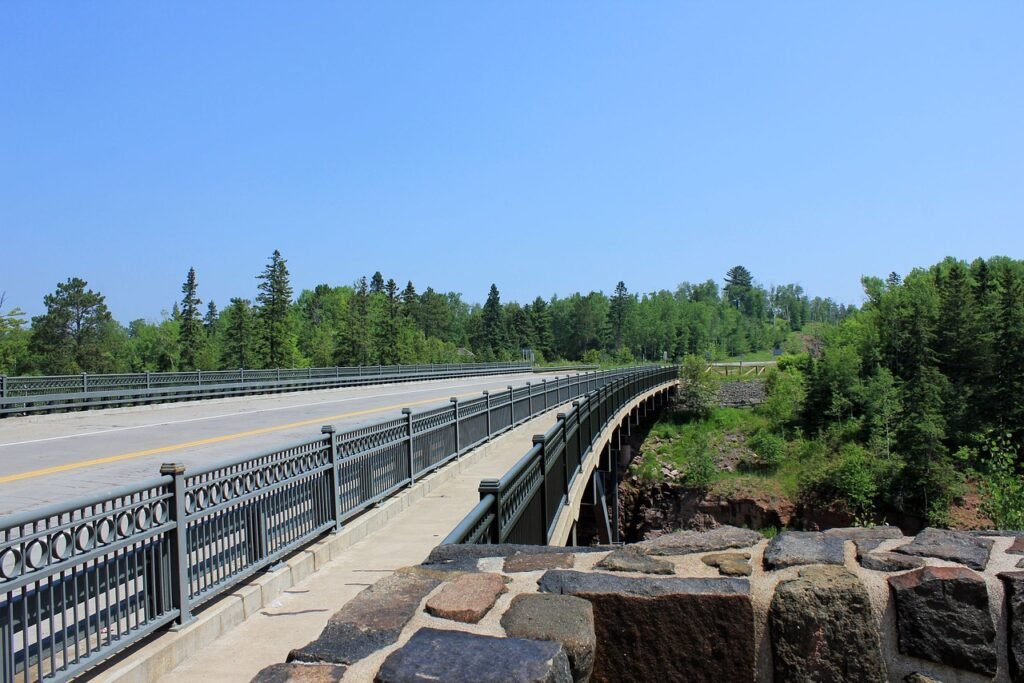
Jay Cooke State Park: Hiking the St. Louis River Gorge
Located just southwest of Duluth, Jay Cooke State Park is home to some of the best hiking trails in Minnesota, featuring dramatic river gorge scenery and unique geological formations.
Trail Overview
Jay Cooke State Park offers over 50 miles of hiking trails that wind through rugged, rocky terrain alongside the turbulent St. Louis River. The park’s trail system provides a variety of options for hikers of all skill levels.
Must-Experience Trails
- Silver Creek Trail: This 3-mile loop offers scenic views of waterfalls and the St. Louis River, with challenging terrain that includes stairs and boardwalks.
- Carlton Trail: A 3.5-mile one-way trail that follows an old railroad grade, providing easy hiking with excellent river views.
- Grand Portage Trail: This challenging 2.5-mile loop climbs to some of the highest points in the park, offering panoramic views of the river valley.
When to Hike
The best time to hike in Jay Cooke State Park is from late spring to early fall. Summer offers warm temperatures and full trail access, while fall provides stunning autumn colors. Spring can offer dramatic river views due to high water levels, but some trails may be muddy or closed.
Tips for Hikers
- Don’t miss the iconic swinging bridge over the St. Louis River, a park centerpiece.
- Wear sturdy shoes with good traction, as many trails involve rocky and potentially slippery terrain.
- Bring binoculars for birdwatching, as the park is home to a variety of species.
- Be cautious near the river’s edge, especially during high water periods.
Jay Cooke State Park offers some of the best hiking trails in Minnesota for those who appreciate dramatic river scenery and unique geological formations, making it a must-visit destination for hikers in the state.
Minneopa State Park: Waterfalls and Bison
While perhaps not as well-known as some of Minnesota’s northern parks, Minneopa State Park in the southern part of the state offers some of the best hiking trails in Minnesota, combining natural beauty with unique wildlife viewing opportunities.
Trail Overview
Minneopa State Park features about 4 miles of hiking trails that showcase the park’s two main attractions: a double waterfall and a bison herd. While the trail system is not extensive, it offers a diverse range of experiences in a compact area.
Key Trails
- Minneopa Falls Trail: A short but scenic trail that leads to viewing platforms for the park’s namesake waterfalls.
- Bison Drive Trail: While primarily a driving route, there are several spots where visitors can park and hike for closer (but safe) views of the bison herd.
- Woodland Loop Trail: This 1.8-mile trail winds through oak savanna and offers scenic overlooks of the Minnesota River Valley.
When to Hike
Minneopa State Park is accessible year-round, but the best hiking is from late spring to early fall. Summer offers lush greenery and full waterfall flow, while fall provides beautiful autumn colors. Winter can offer unique views of frozen waterfalls for those prepared for cold weather hiking.
Tips for Hikers
- Visit early in the morning or late in the evening for the best chances of seeing active bison.
- Bring a camera to capture the beautiful waterfalls and potential bison sightings.
- Wear sturdy shoes, as some trails can be rocky or muddy depending on recent weather.
- Always maintain a safe distance from the bison, viewing them only from designated areas.
Minneopa State Park may not have the most extensive trail system, but it certainly offers some of the best hiking trails in Minnesota for those seeking a unique combination of natural wonders and wildlife viewing.
Afton State Park: Bluffland Beauty Near the Twin Cities
Located just 30 minutes from St. Paul, Afton State Park offers some of the best hiking trails in Minnesota for those seeking a quick escape from the city. The park’s dramatic bluffs and deep ravines provide a surprising wilderness experience so close to the metropolitan area.
Trail Overview
Afton State Park features about 20 miles of hiking trails that wind through a variety of landscapes, including prairie remnants, oak woodlands, and river bluffs overlooking the St. Croix River.
Standout Trails
- St. Croix Trail: This 4-mile loop offers stunning views of the St. Croix River Valley and takes hikers through diverse habitats.
- Prairie Loop: A 2.5-mile trail that showcases the park’s restored prairie, offering beautiful wildflower displays in summer.
- North River Trail: This challenging 4-mile round trip hike follows the bluffs along the St. Croix River, providing excellent views and a good workout.
When to Hike
Afton State Park is beautiful year-round, but the best hiking is from late spring to early fall. Summer offers lush greenery and prairie wildflowers, while fall provides spectacular autumn colors. Winter hiking and snowshoeing are also popular for those prepared for cold weather.
Tips for Hikers
- Bring plenty of water, as the bluff trails can be strenuous.
- Wear sturdy hiking boots, especially for the more challenging bluff trails.
- Consider bringing binoculars for birdwatching, as the park is home to a variety of species.
- Take advantage of the park’s beach on the St. Croix River for a post-hike cool-off in summer.
Afton State Park offers some of the best hiking trails in Minnesota for those looking to experience diverse landscapes and scenic river views without traveling far from the Twin Cities.
Seasonal Hiking Guide
Minnesota’s diverse landscapes offer unique hiking experiences throughout the year. Understanding the seasonal variations can help you plan the perfect hiking trip.
Spring: Wildflower Wonderland
As the snow melts and the earth awakens, Minnesota’s trails burst into color with spring wildflowers. Some of the best trails for spring hiking include:
- Nerstrand Big Woods State Park: Known for its impressive display of spring ephemerals, including the rare dwarf trout lily.
- Blue Mounds State Park: Witness the prairie come alive with pasque flowers and prairie smoke.
- Eloise Butler Wildflower Garden: While not a traditional hiking trail, this Minneapolis garden offers a concentrated display of native wildflowers.
Tips for spring hiking:
- Be prepared for muddy conditions as the ground thaws.
- Wear waterproof boots and bring trekking poles for stability.
- Check trail conditions before heading out, as some may be closed due to spring flooding.
Summer: Chasing Waterfalls
Summer is the perfect time to explore Minnesota’s numerous waterfall trails. The warm weather and longer days make for ideal hiking conditions.
- Gooseberry Falls State Park: Features easily accessible falls and miles of scenic trails.
- Cascade River State Park: Offers a series of cascading waterfalls along a 2-mile loop trail.
- Temperance River State Park: Known for its deep gorges and powerful waterfalls.
Summer hiking tips:
- Start early to avoid the heat and crowds.
- Bring plenty of water and sun protection.
- Be prepared for bugs, especially in wooded areas.
Fall: Foliage Spectacle
Autumn in Minnesota is a hiker’s paradise, with cooler temperatures and stunning fall colors.
- Oberg Mountain Loop (Superior Hiking Trail): Offers panoramic views of Lake Superior and the colorful forest canopy.
- Barn Bluff Trail (Red Wing): Provides sweeping views of the Mississippi River Valley awash in fall colors.
- Maple-Basswood Trail (William O’Brien State Park): Showcases the vibrant colors of maple trees.
Fall hiking advice:
- Check fall color reports to time your hike for peak colors.
- Wear layers, as temperatures can vary significantly throughout the day.
- Be aware of shorter daylight hours and plan accordingly.
Winter: Snowshoe and Ice Adventures
Winter transforms Minnesota’s landscape, offering unique hiking experiences for those willing to brave the cold.
- Minnehaha Falls: Witness the frozen waterfall and ice formations.
- Jay Cooke State Park: Offers groomed winter hiking trails and stunning views of the ice-covered St. Louis River.
- Frontenac State Park: Provides excellent winter birding opportunities along with scenic bluff-top views.
Winter hiking essentials:
- Invest in proper winter gear, including insulated boots and microspikes for icy conditions.
- Bring a thermos with hot beverages to stay warm.
- Always check weather conditions and daylight hours before setting out.
Gear Recommendations for Minnesota Hiking
Having the right gear can make or break your hiking experience in Minnesota’s varied terrain and unpredictable weather.
Footwear
- For rocky terrain (like the North Shore): Sturdy hiking boots with good ankle support and aggressive tread.
- For well-maintained trails: Lightweight hiking shoes or trail runners.
- For wet conditions: Waterproof hiking boots or shoes.
Clothing
Layering is key in Minnesota’s changeable weather:
- Base layer: Moisture-wicking materials like merino wool or synthetic fabrics.
- Insulating layer: Fleece or down jacket for warmth.
- Outer layer: Waterproof and breathable shell for wind and rain protection.
Don’t forget:
- Moisture-wicking socks
- Hat or cap for sun protection
- Gloves (even in summer for bug protection)
Bug Protection
Minnesota’s infamous mosquitoes and ticks require serious consideration:
- Insect repellent with DEET or picaridin
- Permethrin-treated clothing for tick protection
- Head net for heavily infested areas
Navigation Tools
Even on well-marked trails, navigation tools are essential:
- Physical map and compass (and know how to use them)
- GPS device or smartphone with offline maps
- Extra batteries or portable charger
Other Essentials
- First aid kit
- Sun protection (sunscreen, sunglasses)
- Headlamp or flashlight
- Emergency shelter (light tarp or emergency blanket)
- Fire starting materials
- Multi-tool or knife
Family-Friendly Trails
Introducing children to hiking can foster a lifelong love of nature. Here are some trails perfect for family outings:
Accessible Trails
- Gooseberry Falls State Park: The Falls View Loop is paved and accessible, offering close-up views of the falls.
- Minnehaha Falls: Paved paths lead to viewing areas of this urban waterfall in Minneapolis.
- Lake Bemidji State Park: The Bog Walk is a boardwalk trail suitable for strollers and wheelchairs.
Trails with Engaging Natural Features
- Interstate State Park: The Pothole Trail features unique glacial formations that fascinate kids.
- Itasca State Park: The Mary Lake Trail offers a variety of landscapes and the chance to cross the Mississippi headwaters.
- Sibley State Park: The Mount Tom Trail provides a manageable climb with rewarding views.
Parks with Educational Programs
- Fort Snelling State Park: Offers guided nature walks and history programs.
- Wild River State Park: Features a nature center with interactive exhibits and naturalist programs.
- Whitewater State Park: Provides family-friendly programs, including wildlife talks and outdoor skills workshops.
Tips for hiking with kids:
- Choose shorter trails with interesting features to maintain engagement.
- Bring plenty of snacks and water.
- Plan frequent breaks and have a flexible schedule.
- Engage kids with nature scavenger hunts or wildlife spotting games.
Wildlife Viewing Opportunities
Minnesota’s diverse ecosystems support a wide array of wildlife. Here are some of the best trails for wildlife enthusiasts:
Common Wildlife Encounters
- White-tailed deer: Common throughout the state, especially in early morning or evening.
- Beavers: Look for lodges and dams along rivers and lakes.
- Loons: Listen for their distinctive call on northern lakes.
- Bald eagles: Often seen near large bodies of water.
Bird Watching Hotspots
- Sax-Zim Bog: Known for its boreal species, including great gray owls and black-backed woodpeckers.
- Minnesota Valley National Wildlife Refuge: Excellent for waterfowl and migrating birds.
- Hawk Ridge Bird Observatory (Duluth): Prime spot for watching raptor migrations in fall.
Safety Tips for Wildlife Encounters
- Maintain a safe distance from all wildlife.
- Never feed wild animals.
- Make noise while hiking to avoid surprising animals.
- Carry bear spray when hiking in bear country (northeastern Minnesota).
- Learn how to properly store food when camping in wildlife areas.
Remember, the best wildlife viewing experiences often come when you’re patient, quiet, and respectful of the animals’ space.
Hidden Gems
While Minnesota’s state parks are wonderful, some lesser-known trails offer equally beautiful experiences with fewer crowds:
- Quarry Park and Nature Preserve (Waite Park): Former granite quarries now filled with clear water, surrounded by hiking trails.
- Lac Qui Parle State Park: Offers quiet trails through prairie and river bottom forests, with excellent birdwatching.
- Schoolcraft State Park: A small, often overlooked park with peaceful trails along the Mississippi River.
- Maplewood State Park: Features rolling hills, hardwood forests, and prairie knolls, with less traffic than more famous parks.
- Zippel Bay State Park: Located on Lake of the Woods, it offers sandy beaches and boreal forest trails.
These hidden gems provide opportunities for solitude and discovery, often showcasing unique aspects of Minnesota’s diverse landscapes.
Hiking and Camping Combinations
For those looking to extend their hiking adventures, combining hiking with camping can provide a more immersive experience in nature.
Backcountry Camping Regulations
- Permits are required for backcountry camping in many areas, especially the Boundary Waters Canoe Area Wilderness.
- Follow Leave No Trace principles: pack out all trash, use established campsites when possible, and properly store food to avoid attracting wildlife.
- Check fire regulations, as they can vary by location and season.
Best Campsites Along Longer Trails
- Superior Hiking Trail: Features numerous backcountry campsites spaced roughly every 5-8 miles along the trail.
- Border Route Trail: Offers primitive campsites with stunning views of the Boundary Waters.
- North Country National Scenic Trail: Passes through several state forests with dispersed camping options.
Planning a Multi-Day Hiking Adventure
- Start with shorter trips to test your gear and fitness level.
- Plan your daily mileage conservatively, allowing time for breaks and unexpected challenges.
- Research water sources along your route and carry a water filtration system.
- Inform someone of your itinerary and expected return date.
- Carry a detailed map and compass, and know how to use them.
- Be prepared for weather changes and carry appropriate gear.
Accessibility Information
Minnesota is working to make its natural spaces more accessible to all visitors. Here’s information on some accessible trails:
- Soudan Underground Mine State Park: Offers an accessible trail to scenic overlooks of Lake Vermilion.
- Fort Snelling State Park: Features paved trails suitable for wheelchairs and strollers.
- Jay Cooke State Park: The Willard Munger State Trail section in the park is paved and accessible.
When planning a visit, consider:
- Trail surface: Look for paved, boardwalk, or compact gravel trails.
- Gradient: Check if the trail is relatively flat or has steep sections.
- Distance: Consider the length of the trail and your personal capabilities.
- Amenities: Check for accessible parking, restrooms, and picnic areas.
Some parks offer all-terrain wheelchairs for loan – call ahead to check availability and reserve if needed.
Trail Difficulty Rating System
Understanding trail ratings can help you choose hikes that match your ability level:
- Easy: Generally flat, well-maintained trails suitable for most fitness levels. Often shorter in length.
- Moderate: May have some elevation gain, uneven terrain, or longer distances. Suitable for hikers with some experience and reasonable fitness.
- Difficult: Significant elevation gain, challenging terrain, or long distances. Requires good fitness and hiking experience.
- Strenuous: Very challenging trails with steep ascents, rugged terrain, or very long distances. For experienced hikers with excellent fitness.
Remember, factors like weather conditions and your personal fitness can affect the perceived difficulty of a trail.
Local Hiking Groups and Resources
Connecting with local hiking communities can enhance your experiences and provide valuable information:
- Minnesota Hiking Club: Organizes group hikes and maintains an active online community.
- Women Who Hike – Minnesota Chapter: Focuses on empowering women in the outdoors.
- REI Outdoor School: Offers hiking classes and guided trips.
- Minnesota DNR website: Provides up-to-date information on state parks and trails.
- AllTrails app: Features user-generated content and reviews for trails across Minnesota.
Consider joining a guided hike to learn more about local flora, fauna, and history while meeting fellow outdoor enthusiasts.
Leave No Trace and Trail Etiquette
Responsible hiking practices are crucial for preserving Minnesota’s natural beauty:
- Plan ahead and prepare: Know regulations, weather conditions, and your route.
- Travel and camp on durable surfaces: Stay on established trails and campsites.
- Dispose of waste properly: Pack out all trash, including biodegradable items.
- Leave what you find: Avoid taking natural or cultural artifacts.
- Minimize campfire impacts: Use established fire rings and fully extinguish fires.
- Respect wildlife: Observe from a distance and avoid feeding animals.
- Be considerate of other visitors: Yield to other hikers, keep noise levels down.
Additional trail etiquette:
- Uphill hikers have the right of way.
- If hiking in a group, hike single file when passing others.
- Keep dogs leashed and clean up after them.
You May Also Like: Travel Backpacks For Women
Conclusion
Minnesota’s diverse landscapes offer an incredible array of hiking experiences, from the rugged North Shore cliffs to the rolling river bluffs of the south. The best hiking trails in Minnesota showcase the state’s natural beauty, rich wildlife, and varied ecosystems, providing opportunities for outdoor enthusiasts of all skill levels.
Whether you’re tackling the challenging terrain of the Superior Hiking Trail, exploring the pristine wilderness of the Boundary Waters, or enjoying a family-friendly stroll in Itasca State Park, Minnesota’s trails offer something for everyone. Each trail we’ve explored in this guide provides a unique perspective on the state’s natural wonders, from towering waterfalls and serene lakes to expansive prairies and dense forests.
As you plan your hiking adventures in Minnesota, remember to always practice Leave No Trace principles, respect wildlife, and come prepared with appropriate gear and supplies. The best hiking trails in Minnesota are not just paths through nature; they’re gateways to unforgettable experiences and a deeper connection with the natural world.
So, lace up your hiking boots, pack your backpack, and set out to explore the incredible trails that Minnesota has to offer. Whether you’re a local looking for new adventures or a visitor eager to experience the state’s natural beauty, the best hiking trails in Minnesota are waiting to be discovered. Happy hiking!

